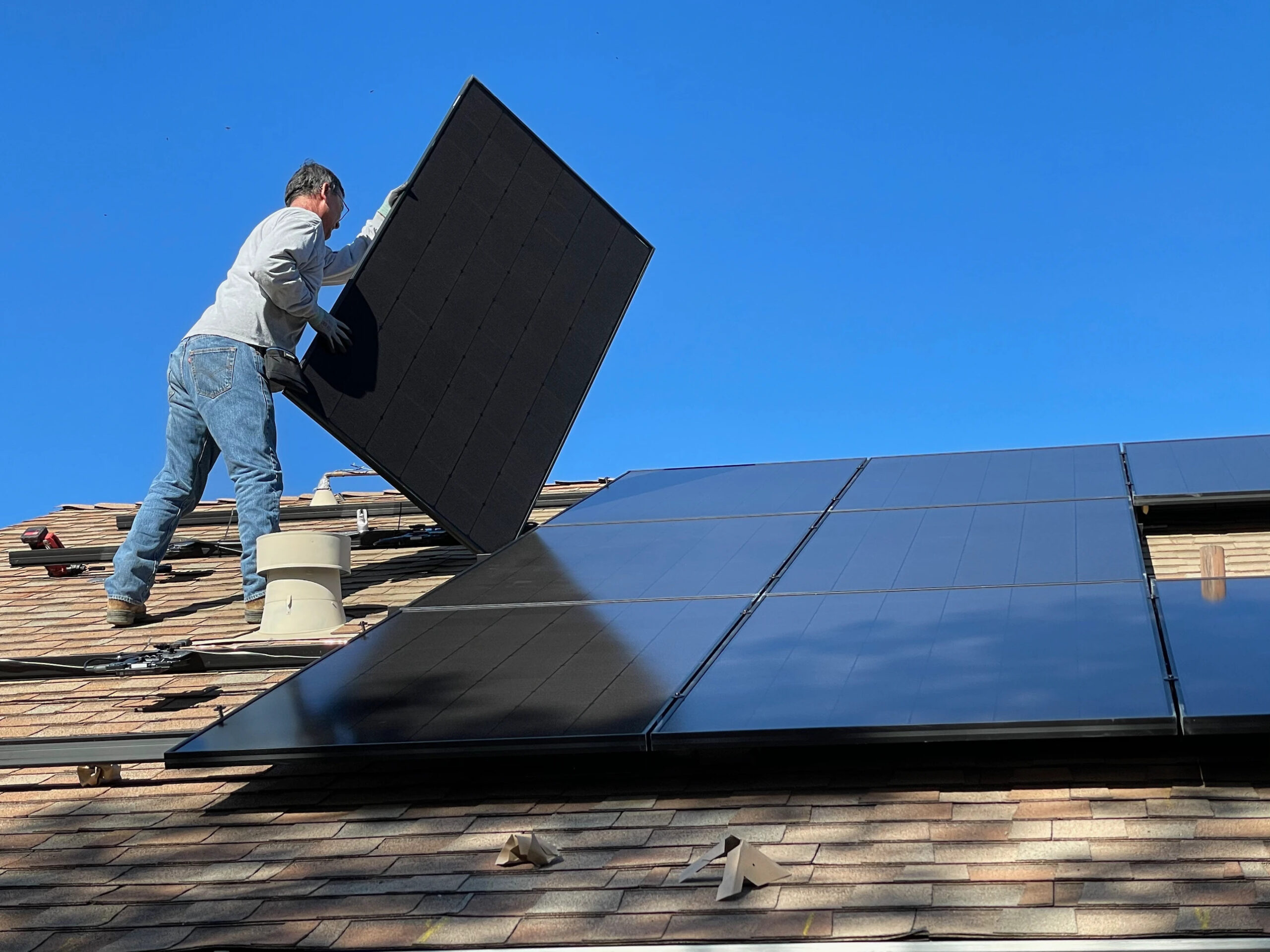In 2023, over 240,000 tech jobs were cut, with 7,000 in November alone. Yet, climate technology emerges resilient, seeing a 10% job growth in clean energy over two years, according to [E2](https://cleanjobsamerica.e2.org/#map). The Inflation Reduction Act projects further growth through 2032, particularly for wind turbine technicians and solar installers. While general tech faces declines, climate tech shows promise as a lucrative career pivot.
The transition isn’t without challenges; a notable skills gap exists. Traditional tech workers are adapting to the sector’s unique demands, including the need for climate and energy knowledge. To bridge this gap, platforms like [Terra.do](https://www.terra.do/), [Climatebase](https://climatebase.org/), [MCJ Collective](https://jobs.mcjcollective.com/jobs), and [Climate Draft](https://www.climatedraft.org/) are providing crucial resources, networking, and training. In September, Lowercarbon’s acquisition of Climate Draft highlighted the sector’s importance and potential.
As climate tech moves from early-stage startups to commercialization, the demand for a wider range of roles is increasing. Beyond scientific and engineering positions, there is a need for sales, service, and support staff. The job market is reacting to economic incentives and policy changes like the Inflation Reduction Act, Bipartisan Infrastructure Law, and the EU’s Green Deal. With over $800 billion invested in climate and environment initiatives, the sector’s job market is poised for significant expansion.

